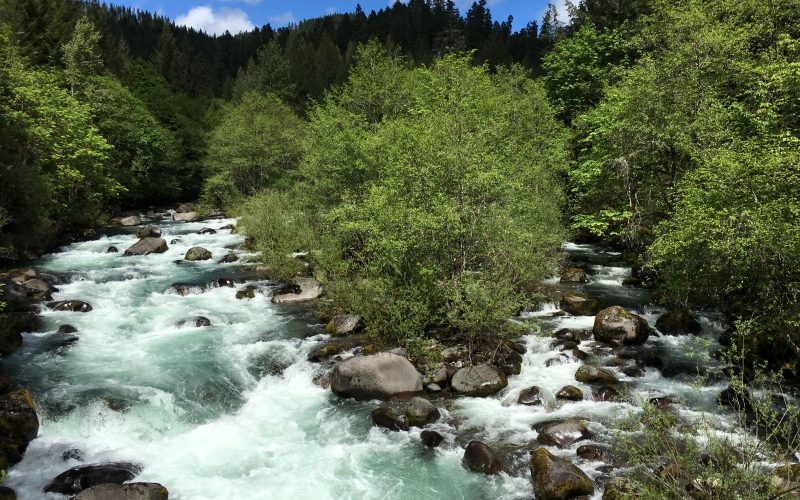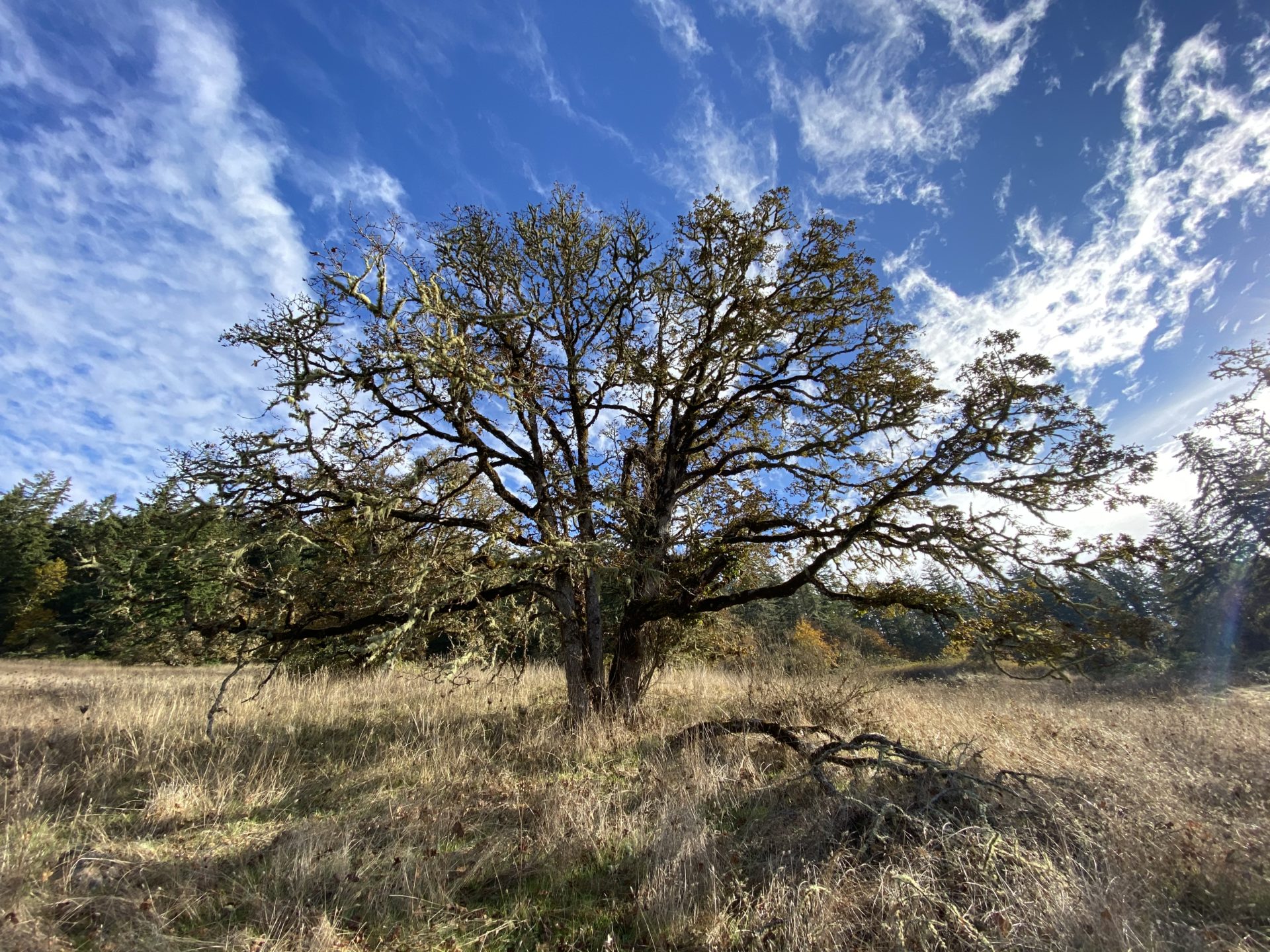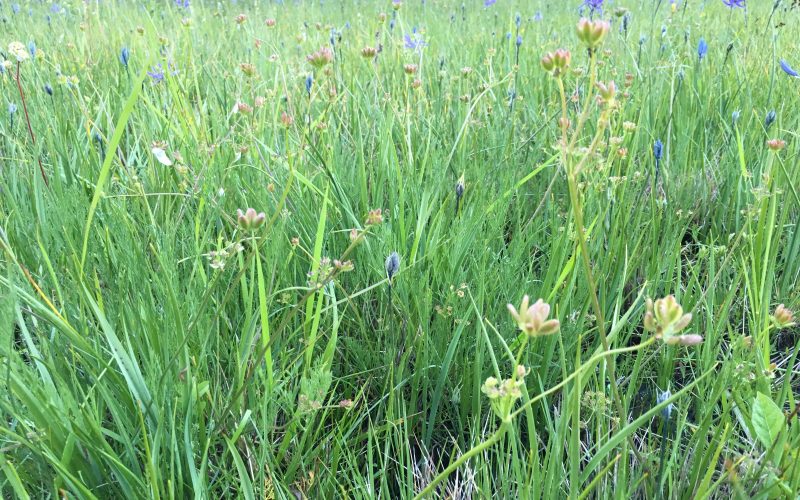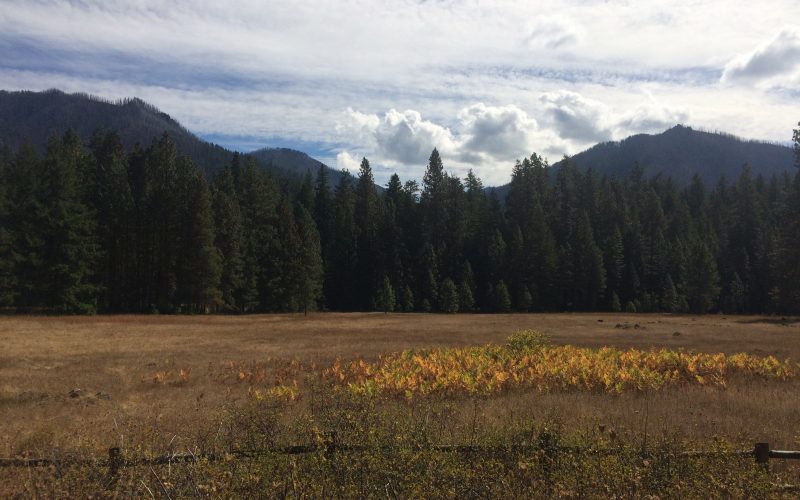Habitat Restoration Projects
Resilient ecosystems, clean water, and beautiful landscapes embody our vision for the Middle Fork Willamette. From valley floodplains to upland forests, our restoration staff work with our local communities to restore natural processes, enabling our landscape and communities to withstand both short- and long-term natural and human impacts. MFWWC staff work with expert partners and stakeholders at strategic, prioritized locations on public and private lands within the Middle Fork Willamette Watershed to plan and implement restoration actions that improve conditions across the landscape while creating jobs and bolstering the local restoration economy.
The Middle Fork Willamette Watershed extends from the alpine areas of Diamond Peak and Waldo Lake down to the valley floor in Springfield. With such a large area (865,920 acres), the watershed is extremely diverse. Therefore, we at the Middle Fork Willamette Watershed Council work to restore and protect a variety of habitats. The topics below share more about the Middle Fork habitat types and the work we do to benefit them. For specific projects visit our current and past project pages linked below.
Rivers & Streams
Rivers and streams are the backbone of a watershed. They connect the high areas to the low areas. They offer a means of travel to fish and other aquatic species. They provide life-sustaining water to plants, animals and humans. While they are powerful, sometimes they need our help. Our aquatics projects are generally focused around three areas: floodplains, fish passage and riparian vegetation.
Examples of current projects: SUB Drinking Water Protection, Coal Creak
Oak Savannas & Woodlands
Oak savanna and woodland habitats are native to the Willamette Valley, provide an important, unique habitat for many species, and are culturally significant to local Tribes. However, they have become increasingly rare over the last 150+ years due to development and fire suppression. We release oaks through thinning out other tree species, removing invasive weeds, and planting native grasses and wildflowers. To learn more about oak habitats, check out this flyer by the Rivers to Ridges Partnership.
Examples of current projects: Thurston Hills Natural Area, Madrone Meadow
Wet Prairies & Wetlands
Wetlands make up a small portion of the Middle Fork Willamette but provide key habitat for species of concern like western pond turtle and rare wildflowers. Wetlands can be broken down into several sub-categories; wet prairies are one of the rarest and many species rely on them. Wet prairies typically occur in low-lying, flat areas that stay wet throughout most of the year but dry out in the summer. Wet prairies are also present in some of our oak savanna restoration projects like at Madrone Meadow and Thurston Hills.
Forests
Our watershed is covered in trees, nearly 95% of the land in the watershed is forested. Historically there was a diverse range of trees in the watershed but due to timber operations over the past century, the more marketable species like Douglas fir, western hemlock, grand fir, and mountain hemlock now dominate most of our forests. Unique forest types still exist, such as the Rigdon “dry” forest in the south eastern part of the watershed near the headwaters of the Middle Fork Willamette. We are working with the Southern Willamette Forest Collaborative to identify restoration projects in the Rigdon forest.





